L Pose Handstand Training
Activate Core and Hip Flexors
handstand prep
L POSE HANDSTAND TRAINING
We’re all aware of the importance of taking baby steps when we have a bigger goal we’d like to achieve. L Pose Handstand training falls under that category when it comes to taking steps towards Handstand. Matt refers to L Pose as the “first entrance to handstand.” Before you take flight, practicing L Pose in different planes is one of the best ways to really prepare and understand the biomechanics involved in the posture. Practicing L Pose on your back provides a more controlled opportunity to learn how to really engage the hip flexors and core muscles.
HANDSTAND & MEDITATION
ONLINE YOGA IMMERSION
BREAK THROUGH MENTAL & PHYSICAL BLOCKS
- Learn the most effective drills to safely build your Handstand
- Practice essential meditation techniques to break through mental barriers and build confidence
- Improve focus and breath support right side up and upside down
- Build strength and the necessary skills for balancing Handstand
- 12 classes: All levels appropriate
- Lifetime unlimited access to all
- Attend livestream OR practice the replays any time that’s convenient for you
SALE PRICE: $168.00
THE MYTH OF THE CORE
Core strength might be the first thing you believe you need to develop while preparing for Handstand. Matt explains that there’s no doubt that this is a necessary part of the equation, but if you’ve conquered the action of the “push” in the shoulders (shoulders up towards your ears), the use of the core is a refinement only when the shoulders are out of alignment. If this is the case, you’ll have to utilize your core a lot more to keep your back straight and possibly pull the legs from behind you.
WATCH THE VIDEO: L POSE HANDSTAND TRAINING
CORE MUSCLES & HIP FLEXOR ACTIVATION
What is the core? The core muscles are a great deal more than the superficial muscles of the rectus abdominis. In terms of Handstand, a large part of the focus is the deeper core muscles (the psoas major and the iliacus, also referred to as the iliopsoas). These muscles are a key component when it comes to stabilizing the pelvis and thighs in a handstand. With L Pose as the first entrance to handstand, an awareness of the importance of the activation of the hip flexors is paramount.
IMPLEMENT THESE ACTIONS: L POSE ON YOUR BACK
Here are the cues for L Pose Handstand on your back:
- Take your arms overhead (be sure to actively lift your shoulders up towards your ears)
- Straighten your knee as you pull one leg closer to your chest. It’s the strength of the hip flexors that will help you bring this leg in as close as possible
- The opposite leg stays close to the floor, with your heel only about 1 cm from the ground
- Pull your front ribs down (this will engage your abdominals)
- Continue to pull the top leg close to your chest without lifting the bottom leg up
The desired outcome is to maintain all of these actions simultaneously. L Pose Handstand training on your back lays the foundation for when you’re ready to explore the shape in other planes (including other postures, like Warrior III). It also helps you to feel the alignment in your body. Drawing your rib cage into the floor, for example, creates the pattern of the stacking required above your pelvis.
STRENGTH
ONLINE YOGA IMMERSION
Yoga for Strength: Strengthen Your Weaknesses • Maximize Your Physical Potential
- 12 classes: Each class targets a specific muscle group
- Strengthen your core, back, hips, shoulders, wrists, ankles, legs, and arms
- Learn creative ways to strength train within the context of a yoga practice
- Increase mobility by balancing your strength with oppositional muscle groups
- Joyful accountability to help you reach your practice goals
SALE PRICE: $138.00 $128.00
THE GROUNDWORK
Groundwork? In this case, the pun is intended. L Pose Handstand training literally has you on the ground in order to lay a solid foundation. Essentially, it can take the fear out of the equation—going upside down can be quite intimidating. Approaching the “bigger goal” of having a handstand practice by utilizing bite-size drills and techniques can give you the confidence to progress to the next level. You have to crawl before you can walk, and this is essentially the Chromatic way. When you take this approach, you gradually build upon each layer and strengthen the neuromuscular connection. Handstand training becomes more approachable when you prepare your body via time, patience, and effort. If you’d like to build on this foundation, take action by registering for Matt’s immersion Handstand & Meditation.
See you on the mat!
The 200 Hr. Teacher Training: Click Here to See the Next Start Date
The 300 Hr. Advanced Teacher Training: Click Here to See the Next Start Date
Article by Trish Curling
Video Extracted From: Handstand & Meditation Immersion
CHOOSE YOUR PATH
Continue Learning
Eight Angle Pose
Eight Angle PoseASTAVAKRASANAEIGHT ANGLE POSE Sometimes we think arm balances are about getting higher, but Matt reframes Eight Angle pose as a mechanics workshop. This posture thrives when we test rotation, pelvic placement, and upper-body stability as interconnected...
Approachable Arm Balances
Approachable Arm BalancesPARSVA BAKASANAAPPROACHABLE ARM BALANCES Approachable arm balances aren’t about fearlessness; they’re about informed action. When we understand the mechanics behind the posture, we gain the power to shape our own outcomes. Rather than jumping...
Perfect Protraction For Crow Pose
Perfect Protraction For Crow PoseBAKASANAPERFECT PROTRACTION FOR CROW POSE When working toward perfect protraction for Crow Pose, it’s essential to understand the role of the serratus anterior, the “fingertip” muscles that wrap around the rib cage and attach to the...
Help For Hamstrings
Help For HamstringsFLEXIBILITYHELP FOR HAMSTRINGS “Yoga butt” or high hamstring tendonitis can be a literal pain where the sit bones meet the hamstrings and glutes. This area is prone to overuse injuries, especially when repetitive forward folds overstretch rather...
Pelvic Floor and Groin Support
Pelvic Floor & Groin SupportCOREPELVIC FLOOR AND GROIN SUPPORT Pelvic floor instability can quietly influence how we move and how safe we feel in our practice. Weakness or imbalance here may lead to groin strains, hip discomfort, or even low-back issues....
Pain In The Neck
Pain In The NeckSTABILITYPAIN IN THE NECK A pain in the neck can be more than just an annoyance. It can ripple into the shoulders, spine, and even the jaw, creating discomfort that affects the whole body. Often, this pain stems from subtle misalignments: a chin that...
THE FREE TECHNIQUE PACK
When You Subscribe, You Will Get Instant Access to
- the Technique Pack: 15 yoga pose breakdowns
- exclusive online course discounts
- exclusive blogs and videos
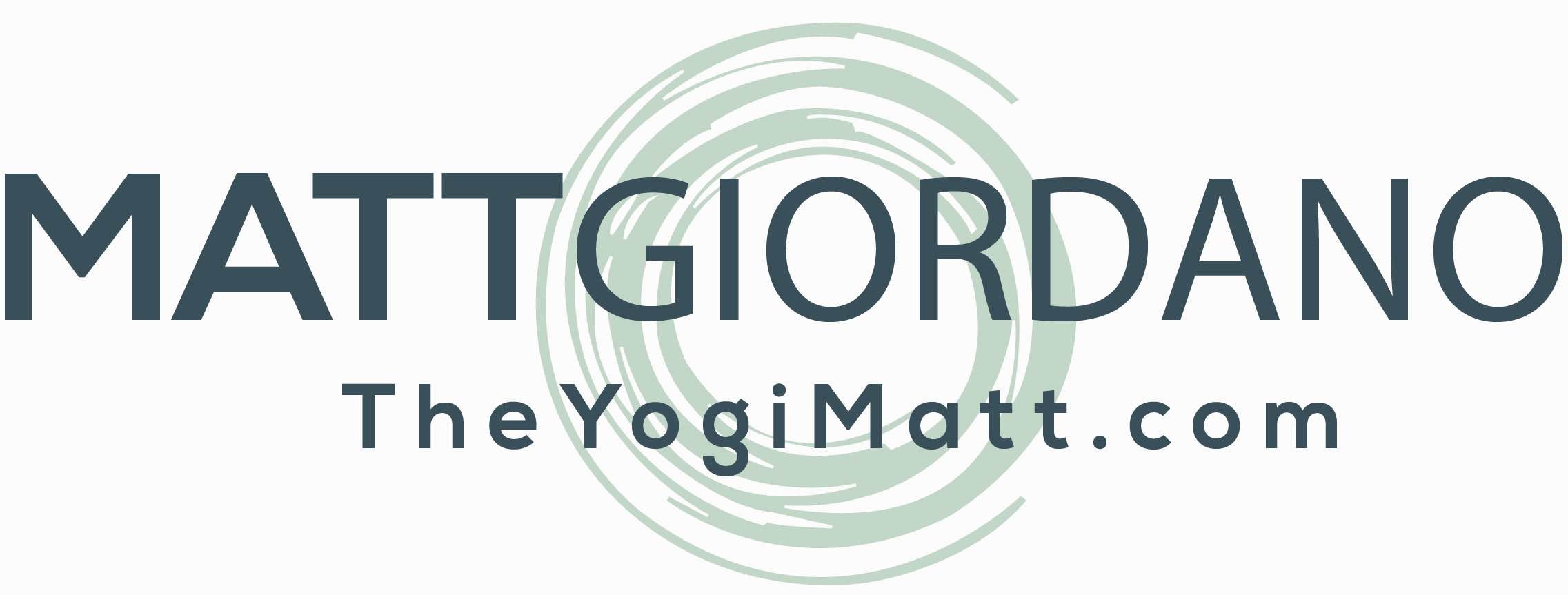



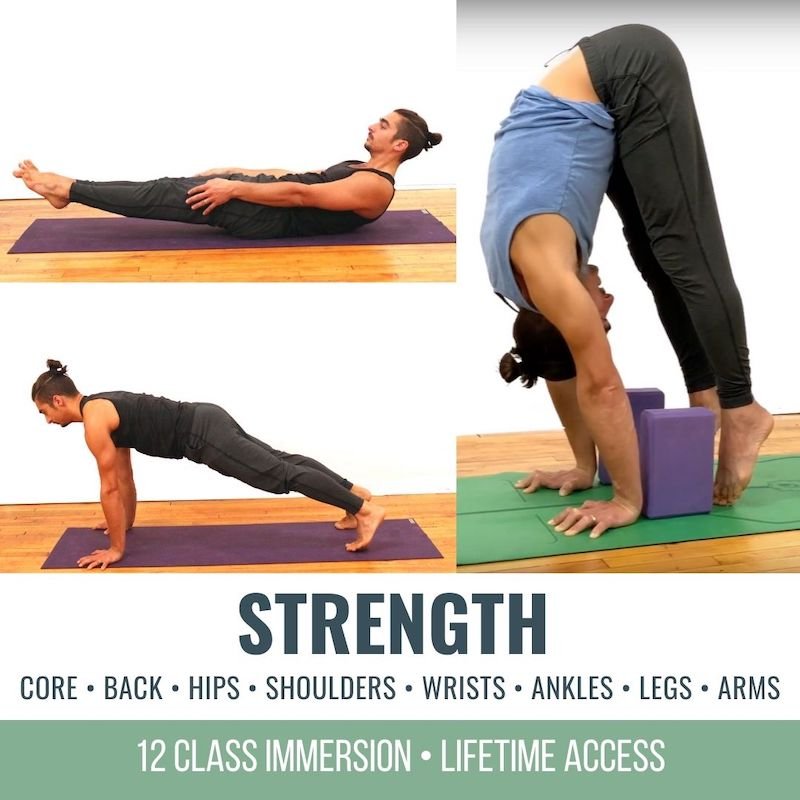
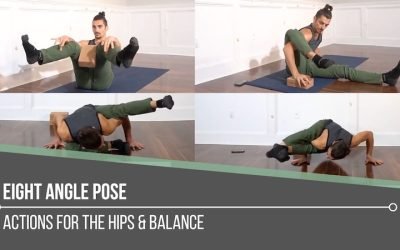
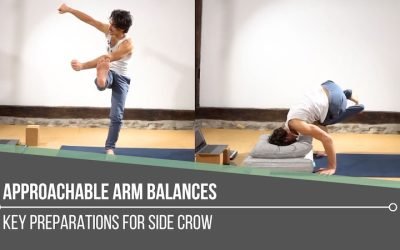
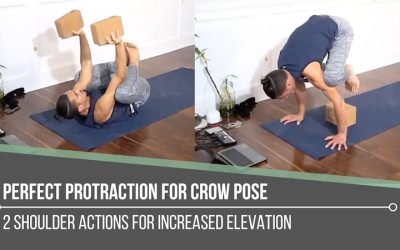
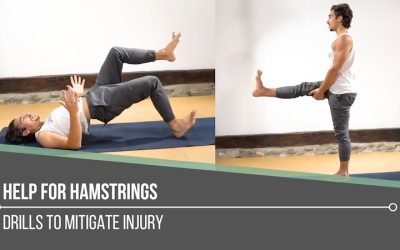
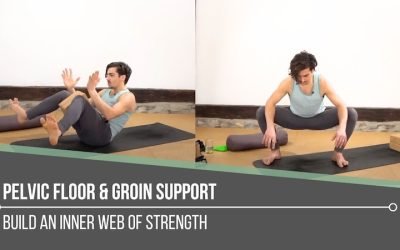



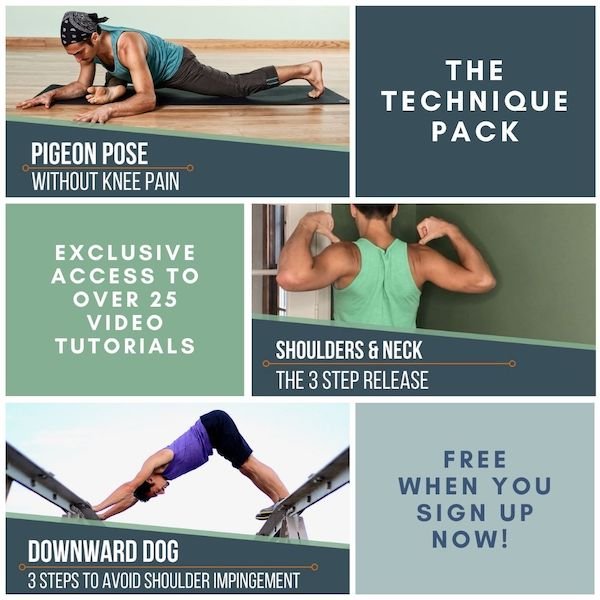
0 Comments